A shape is created when a line is enclosed. Shape is one of the seven elements of art and it has a variety of uses in the creation of art.
We typically think of a shape as a closed contour. So, if you take a line and enclose it, then you will have created a shape. Shapes can play important roles in the creation of drawings and paintings. Shape can help to create complex drawings and paintings, affect composition, and contribute to the balance within a work.
Shape can also be defined as a two-dimensional area that is defined by a change in value or some other form of contrast.
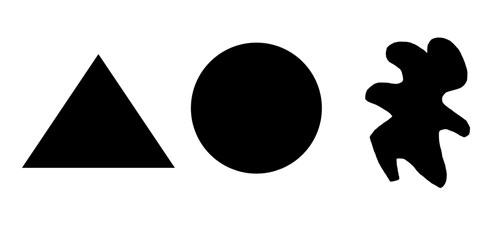
All shapes are two-dimensional, meaning that they have only length and width.
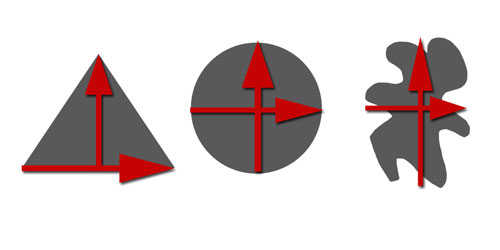
Form, another element of art, differs from shape in that forms have length, width, and height.
All shapes will fall into one of two categories. Shapes are either geometric or organic.
Geometric shapes or regular shapes are easy to recognize. Usually, math can be used to find information about these shapes. Geometric shapes generally have a specific name associated with them. Examples include: circle, triangle, square, and trapezoid.
Many man-made objects are made in the form of geometric shapes. Cell phones, buildings, and wheels are all examples of man-made forms that resemble geometric shapes.
Below, you'll find several examples of geometric shapes...

Organic or freeform shapes are shapes that seem to follow no rules. Organic shapes generally do not have a name associated with them and are typically not man-made. Organic shapes can resemble things that we find in nature.
Below, you'll find several examples of organic shapes...

Representational drawing and painting is more about observation than basic mark-making. In fact, observation, and learning how to see, is crucial to your development as an artist. Shapes play an integral role in how we decipher what we are observing and how we record it in a drawing or painting.
Many of us begin a drawing by making lines. We naturally look for edges and try to capture these edges in our sketch.
While this method of drawing is valid, it is a slower and less accurate way of working. If we instead think of drawing in terms of shape, we can speed up our process and also be more accurate.
We can learn to see the world around us as shapes. Recognizing the shapes that we see will lead to improved accuracy in our drawings and paintings. Instead of thinking of objects in terms of lines, we can think in terms of shapes.
We can easily recognize the chair below simply based on its shape.
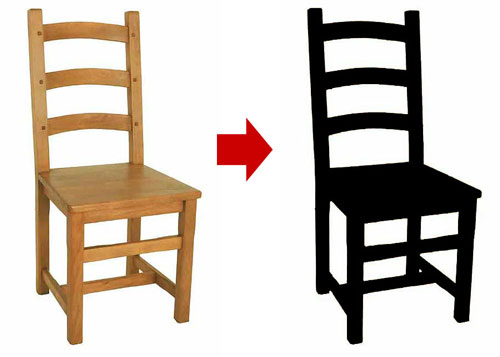
But the shape of this chair is complex. What if we broke it down into easier shapes and pieced them together?
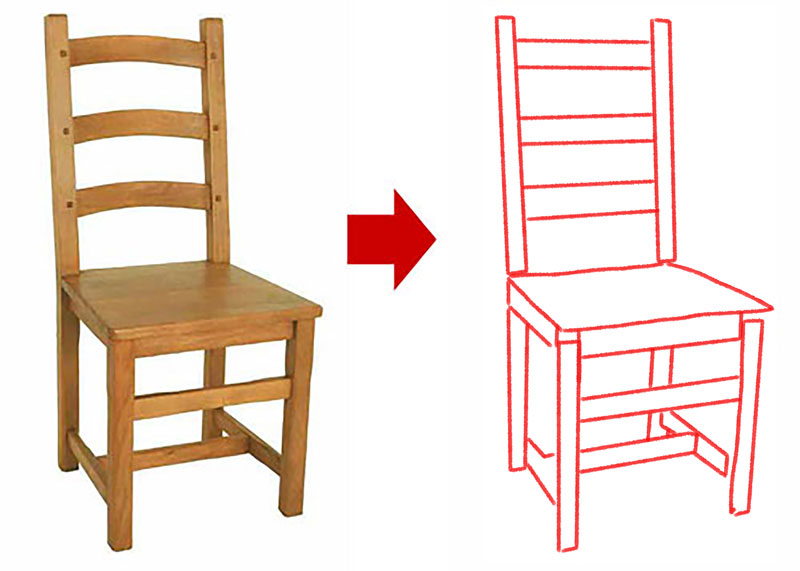
In this case, the chair can be broken down into "easy to draw" rectangles and trapezoids. After these basic shapes are drawn with proportion considered, the artist can then concentrate on the contour lines (outlines). But since the structure of the object is in place, the contour lines are more accurate.
Here's another example of how this works. In this case, a ketchup bottle is drawn using basic shapes...
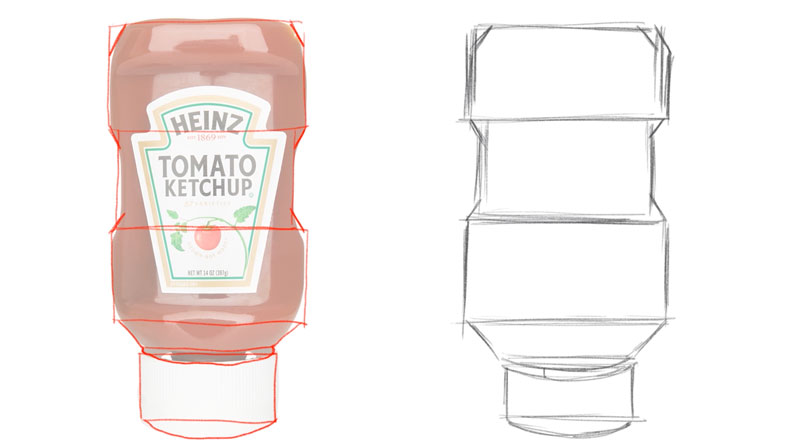
Now the chair and ketchup bottle above are man-made objects and are made up mostly of geometric shapes. What about organic objects?
The process is the same when drawing organic objects with basic shapes. Take a look at the drawing of a hand below. Notice how basic shapes are combined to make this organic shape.
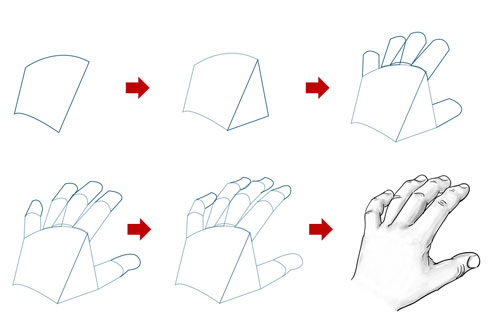
Here's another example of using shapes to build a drawing. In this case, a bird is drawn using basic shapes. First the shapes are drawn lightly and then the contour lines are added, using the shapes as a guide.
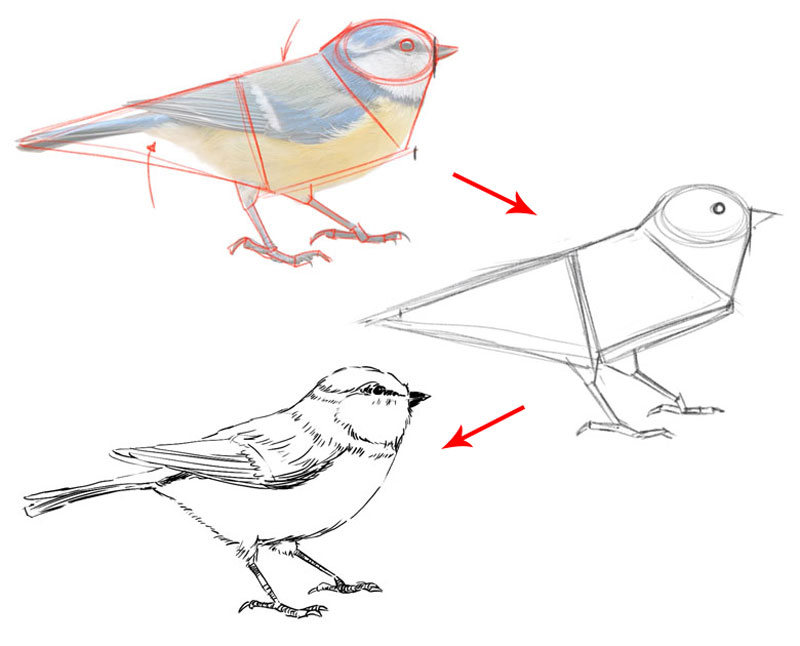
This process of drawing with shapes is usually referred to as "construction" and it is considered a foundational principle to drawing and painting.
You can learn more about the process of construction in the following lessons...
Shapes defined by objects are positive shapes (space). Shapes defined around objects are negative shapes (space).
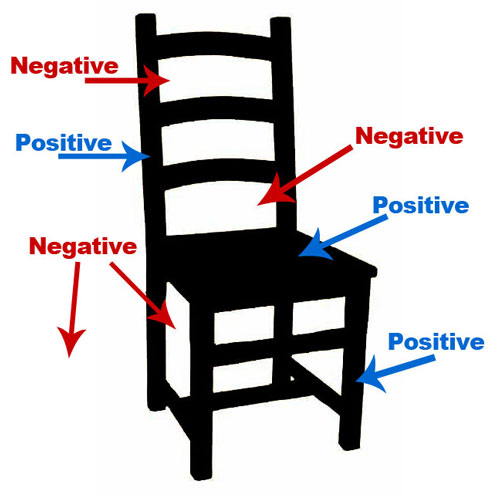
The relationships between the positive and negative shapes help the brain of our viewers understand what they are seeing. Our brains are even capable of making sense of complex relationships between positive and negative shapes.
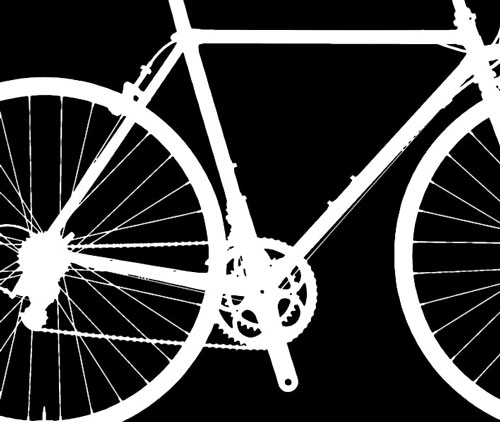
By organizing geometric and organic shapes, we can draw anything. Even complicated objects become easy to draw when we isolate basic geometric and organic shapes.
Terms
Shape - an element of art that is a two-dimensional area that is defined in some way. A shape may have an outline around it or you may recognize it by its area.
Geometric shapes - precise shapes that can be described using mathematical formulas. Ex. Circle, square, triangle, oval, rectangle, parallelogram, trapezoid, pentagon, pentagram, hexagon, and octagon.
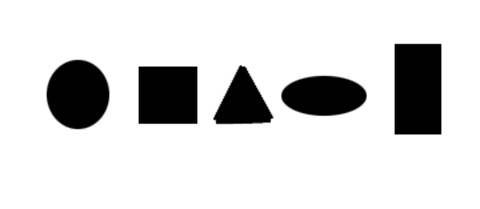
Freeform Shapes - also called organic shapes, are irregular and uneven shapes. Their outlines may be curved, angular, or a combination of both
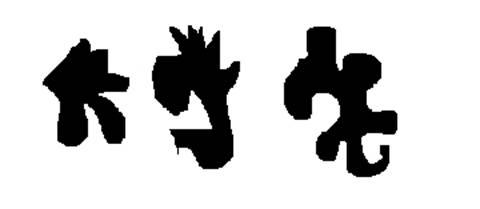
Form - an element of art, means objects that have three dimensions. I like to think of form as a 3-D shape
Form and Shape are related. You can turn a shape into the illusion of form by adding value and you can simplify a form from life into a shape.